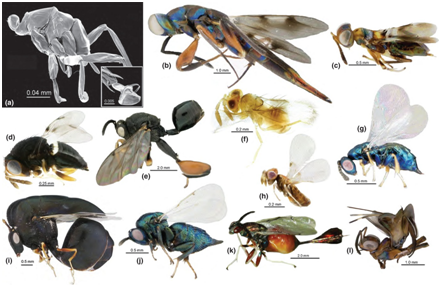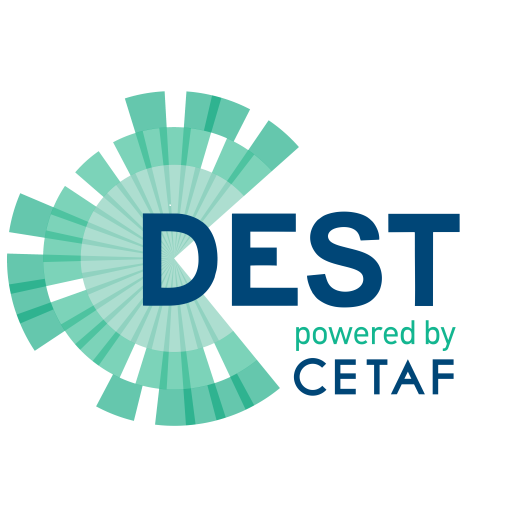
Description
Parasitic wasps are one of the most diverse groups of insects. They are of tremendous importance in regulating insect populations and are increasingly used in biological control worldwide. Chalcidoidea is the second largest superfamily of parasitic wasps after Ichneumonoidea, with over 3,000 genera and 22,000 species already described. Their diversity is still very poorly known (up to 500,000 species may exist) and their identification often proves difficult even for the expert. The Training course aims to introduce the trainees into the fascinating world of chalcids, provide information about specific and appropriate methods of collecting, mounting and imaging, as well as present and explain the most important morphological characters used for their identification. Important: the course contents can be adapted to trainees’ specific requirements (e.g. emphasis on certain groups of parasitoids, etc).
MODULE 1: Theoretical session-introducing the parasitic wasps, with special emphasis on Chalcidoidea: presentation of parasitic wasps’ superfamilies and chalcid wasps’ families
MODULE 2: Field work-collecting methods for parasitic wasps: entomological net, yellow pan traps, Malaise traps, etc.
MODULE 3: Lab work-sample processing methods; identification of parasitoid wasps superfamilies and chalcid wasps families; imaging specimens of parasitic wasps.
Trainers
Dr. Habil. Mircea-Dan Mitroiu, Associate Professor, Faculty of Biology, Alexandru Ioan Cuza University of Iași, Romania. 20 years of experience in the taxonomy of parasitic wasps:
https://sites.google.com/site/pterotaxa/home
https://www.researchgate.net/profile/Mircea-Dan-Mitroiu
Dates of Training period
19-23 September 2022
Duration
1 week, 5 working days, 40 hours
Location
Iași, Romania
Course’s language
English
Target audience
Graduating and post-graduate students, curators, researchers, agronomists, forestry experts and everyone interested in the topic
New Fee due to sponsorship
400 €. It includes tuition, lab materials, field trips
Registration deadline
12 August 2022
Mode of trainees’ assessment
Continuous assessment during practical work
Participant quota (min and max number of trainees)
Min 1 trainees – Max 4 trainees
Types of training/ Implementation method
- Theoretical modules/Face to Face
- Field work/Face to Face
- Lab work/Face to Face
Training Course learning outcomes
- Theoretical knowledge on parasitic wasps’ morphology, systematics and biology
- Practical skills for collecting parasitic wasps
- Practical skills for properly preserving, mounting and labelling specimens and samples
- Practical skills for identifying major groups of parasitic wasps (super families of Hymenoptera and families of Chalcidoidea; going to genus / species level if requested)
- Practical skills for imaging specimens (acquiring and processing)
Certifications provided
- Certificate of Attendance by CETAF DEST with ECVET Units (European Credit system for Vocational Education and Training)
- Certificate by CETAF DEST according to Europass Certificate Supplement (certifying analytically the knowledge, skills and competences gained)
What trainees need to bring
- Laptop (optional)
- Field dressing
- Entomological net (optional)
More details: dest@cetaf.org
Registration form
Registration has closed on 12th August 2022
